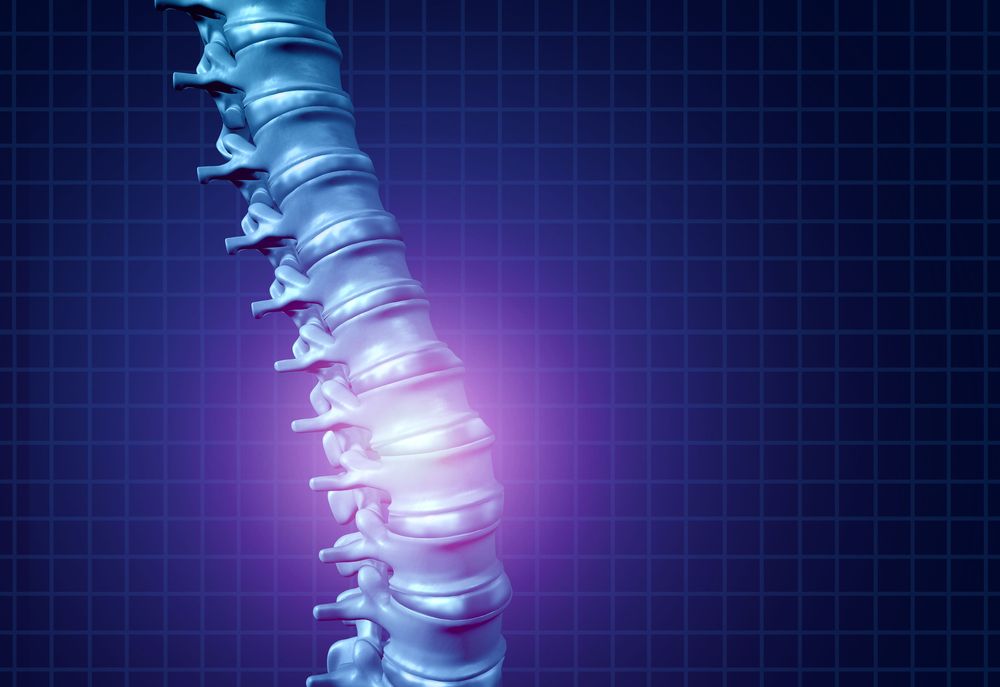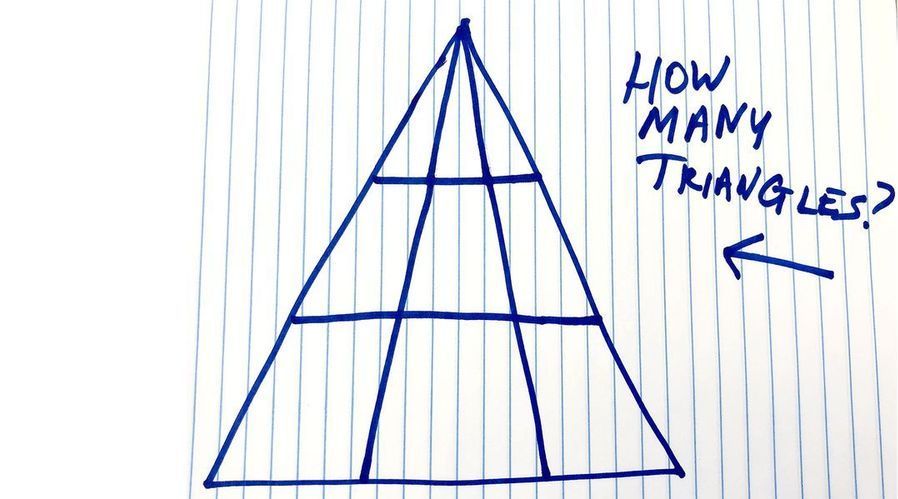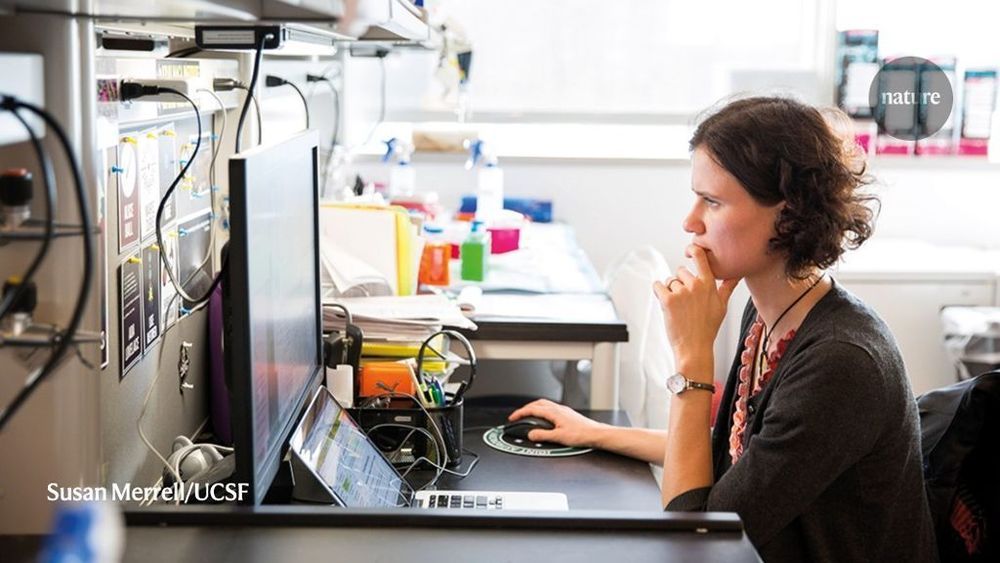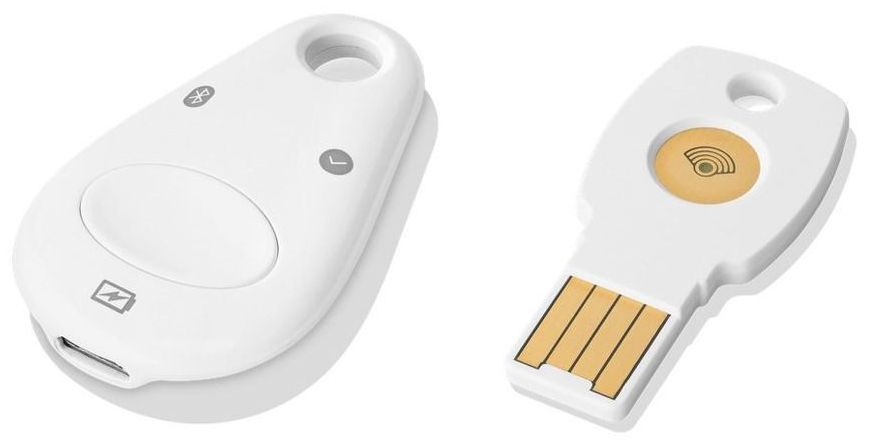Scientists studied 17,308 human brains from the UK Biobank to see how alcohol affects brains. The brain ages one week per drinking session.



New research led by Wen-Sung Chung and Justin Marshall of the University of Queensland is shedding new light on the complexity of squid brains. Using MRI scanning to examine the brain of the of the reef squid Sepioteuthis lessoniana, the researchers have produced a new map of neural connections that improves our understanding of their behavior.
The cephalopods are widely recognized as the most intelligent of mollusks, but how do they rate when they are competing against something other than clams? Cephalopods show all sorts of complex behavior, like being able to recognize patterns, solve problems, communicate through signals, and camouflage themselves in different textures and colors, despite being colorblind.
“We can see that a lot of neural circuits are dedicated to camouflage and visual communication,” says Chung. “Giving the squid a unique ability to evade predators, hunt and conspecific communicate with dynamic color change.”


As they do in many areas of medicine, stem cells hold great potential in treating injured spinal cords, but getting them where they need to go is a delicate undertaking. Scientists at the University of California San Diego (UCSD) are now reporting a breakthrough in this area, demonstrating a new injection technique in mice they say can deliver far larger doses of stem cells and avoid some of the dangers of current approaches.
The research focuses on the use of a type of stem cell known as a neural precursor cell, which can differentiate into different types of neural cells and hold great potential in repairing damaged spines. Currently, these are directly injected into the primary cord of nerve fibers called the spinal parenchyma.
“As such, there is an inherent risk of (further) spinal tissue injury or intraparechymal bleeding,” says Martin Marsala, professor in the Department of Anesthesiology at UCSD School of Medicine.

Have humans become an indoor species? Given that Americans spend, on average, 93 percent of their time indoors, it would seem that we are indeed suffering from what some call “nature deficit disorder.”
We don’t need a fancy term to realize we might benefit from spending more time outdoors. Getting out for a gentle walk or a vigorous hike is likely to reduce stress, improve health, and increase emotional well-being.
If you spend much time on a computer, you probably reach a time in the day when you have so many browser tabs and programs open that your computer slows considerably. It’s time for a reset.

There’s nothing quite like a maddening math problem, mind-bending optical illusion, or twisty logic puzzle to halt all productivity in the Popular Mechanics office. We’re curious people by nature, but we also collectively share a stubborn insistence that we’re right, dammit, and so we tend to throw work by the wayside whenever we come upon a problem with several seemingly possible solutions.
This triangle brain teaser isn’t new—shoutout to Popsugar for unearthing it a couple years ago—but based on some shady Internet magic, the tweet below reappeared in my feed today and kick-started a new debate on our staff-wide Slack channel, a place traditionally reserved for workshopping ideas, but instead mostly used for yelling about other stuff that we occasionally turn into content.

